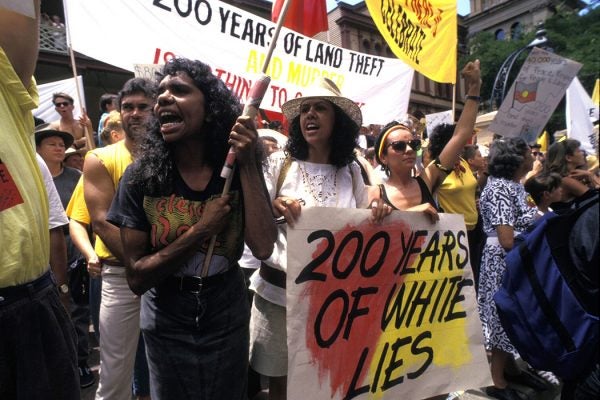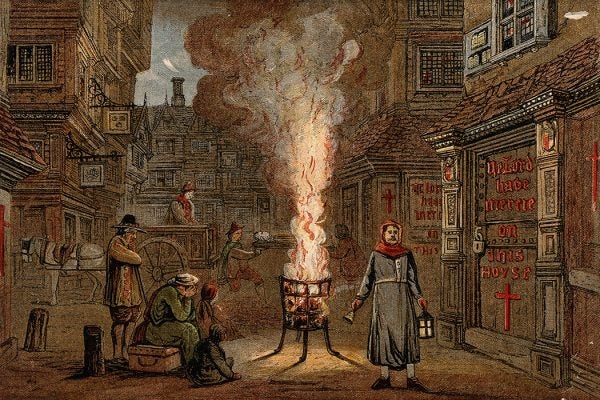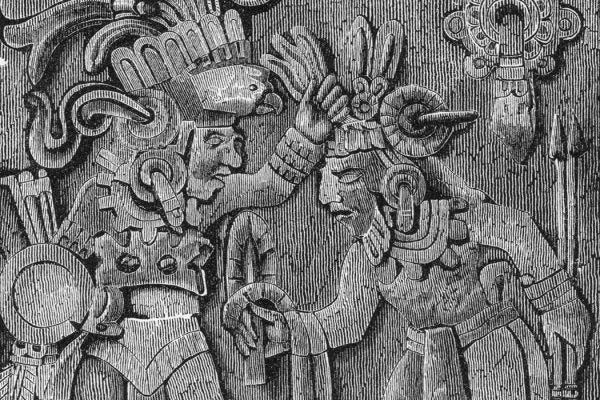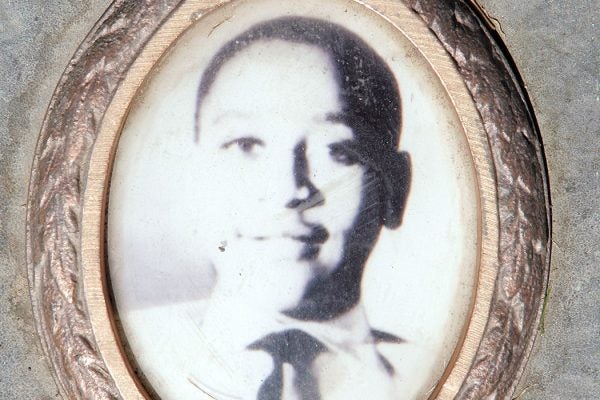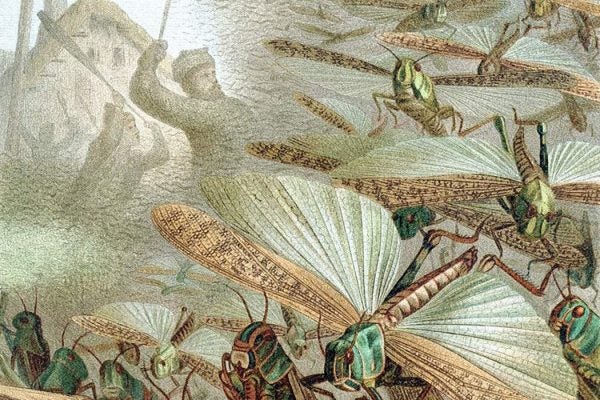On Black Power in the Pacific
How the meaning of Blackness, and the social construction of race, varies across era and region.
The People Who Thought Farmers Without Radios Were Rubes
In the 1920s, some people thought that the new invention of radio would make American farmers less "backward."
Plague and Protest Go Hand in Hand
Scholars of early modern England have shown how plague and protest are often correlated. The Black Death of 1348 laid the groundwork for the Peasants’ Revolt of 1381, for example.
Stingray Spines and the Maya
In Maya culture, rulers used stingray spines in bloodletting rituals. Researchers have ideas about why.
The Environmental Costs of War
Using aluminum as a case study, a geographer shows how wartime "commodity chains" can devastate the Earth.
How Local Newspapers Helped Emmett Till’s Murderers Go Free
Emmett Till was a boy of fourteen when he was lynched in Mississippi. The press would influence public opinion, and the outcome of the trial.
Is Childcare a Right?
Feminists supported universal childcare as a means of allowing women to advance in the workforce. But did this argument focus mostly on white women?
Environmental Racism and the Coronavirus Pandemic
COVID-19 is disproportionately deadly among people of color. Long-term environmental racism could be a major factor in this disparity.
How the Soviet Union Turned a Plague into Propaganda
The fight against locust swarms allowed the Soviet Union to consolidate power over neighboring regions.
